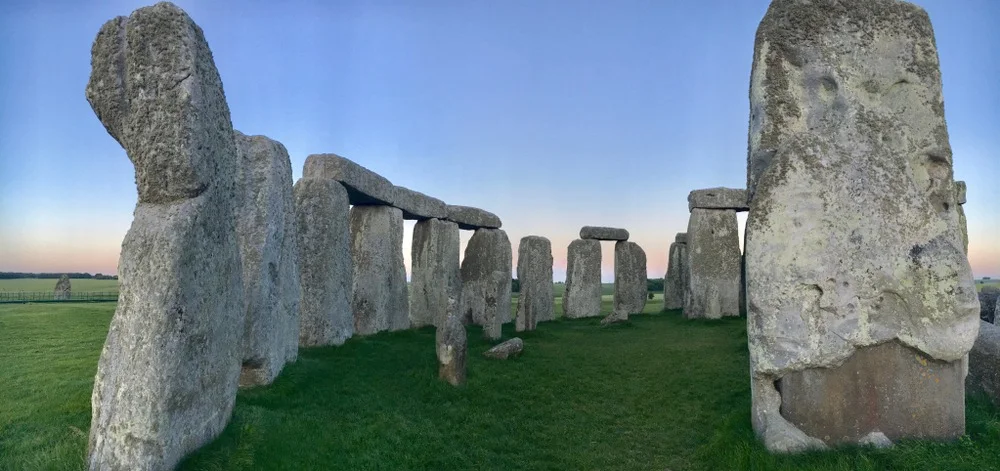Many of us know the famous stone circles of England, at least from the photos. The large, characteristically arranged stones are mysterious and inspiring to ask questions. Stonehenge are huge stone circles full of secrets and riddles that intrigue many. It is not known who, for what and why he put a large stone circle in the middle of nowhere. Stonehenge is known to confront us with many puzzles. Has at least one of them been resolved?
 |
| Stonehenge England |
Stonehenge: location, ownership and protection
Stonehenge is located in the English county of Wiltshire, in the south-west of the United Kingdom. The larger cities in the surrounding area are Salisbury, Bristol and the capital London is about 140 km away. Since the Middle Ages, Stonehenge belonged to private individuals, but the owners had no problem allowing visitors to see the stones. The change came at the beginning of the 20th century, when the then owner erected a fence around it and started charging to see the circles. In 1915, Stonehenge passed into the hands of the government.
 |
| Stonehenge from a bird's eye view |
The protection of the symbol of England and at the same time the oldest megalithic temple in Europe began in 1913, when the Ancient Monuments Amendment and Consolidation Act came into force, which protects monuments from deliberate damage. Today, the circles are cared for by English Heritage and the National Trust.
What is Stonehenge?
Stonehenge is, according to many, a place full of magic. The stone circle is closely related to the worship of the Sun and the Moon. The cult was about worshiping the sun and the moon and treating them as powerful forces influencing the world and people's lives. The coils consist of 30 blocks in the outer circle and approximately 49 blocks in the inner circle. The heart of Stonehenge can be reached by a stone alley to the so-called Altar Stone.
Stonehenge are stone circles that are 7 meters long and weigh more than 40 tons. The most interesting puzzle for those who study circles is the transport of stones. They probably come from Wales, which is 300 km from Avebury, the town where the circles are. Some believe that it is the oldest astronomical observatory in the world, and others that the stone circles have become a kind of solar calendar.
 |
| Stonehenge England |
Stonehenge - history
The Avebury circles called Stonehenge were built around 3000 BC. C., which suggests that they may be older than the Egyptian pyramids. Why Stonehenge and not Stonehadle or Stonecircle? The name has its roots in Old English and is a combination of words for stone ( Rock ) and surround ( hinge ) or hen, or gallows.
A place was chosen to build the circles that will function as a temple, and it was quite important, since around 3100 BC the dead were already buried here. There is also the thesis that this site was chosen because there is a flint spot phenomenon near the Avon River, which was taken as a good omen.
 |
| Stonehenge England |
Stonehenge was built in stages. The first stone on the way from the avenue to the heart of the circle - Heel Stone dates from 2600 BC. C. The outer circle was probably created around 2450 BC. C. are distinguished several periods in the formation of Stonehenge. They are:
- Stonehenge 1 - dated around 2950-2900 BC. C.,
- Stonehenge 2 - circa 2900-2400 BC C.,
- Stonehenge 3a, - c. 2600 BC,
- Stonehenge 3b - c. 2440-2100 BC C.,
- Stonehenge 3c,
- Stonehenge 3d - 2270-1930 BC,
- Stonehenge 3e,
- Stonehenge 3f - circa 1600 BC C.
The elements of the modern history of the circles are interesting because Stonehenge has replicas of itself. One of them is built as a war memorial in the Waszygton estate in Maryhill. Another is in Wairarapa, New Zealand, and the next is in Sławutówek, Poland. Stonehenge has been inscribed on the UNESCO list since 1986, and the current shape / condition of the circles is the result of 20th century reconstruction work.